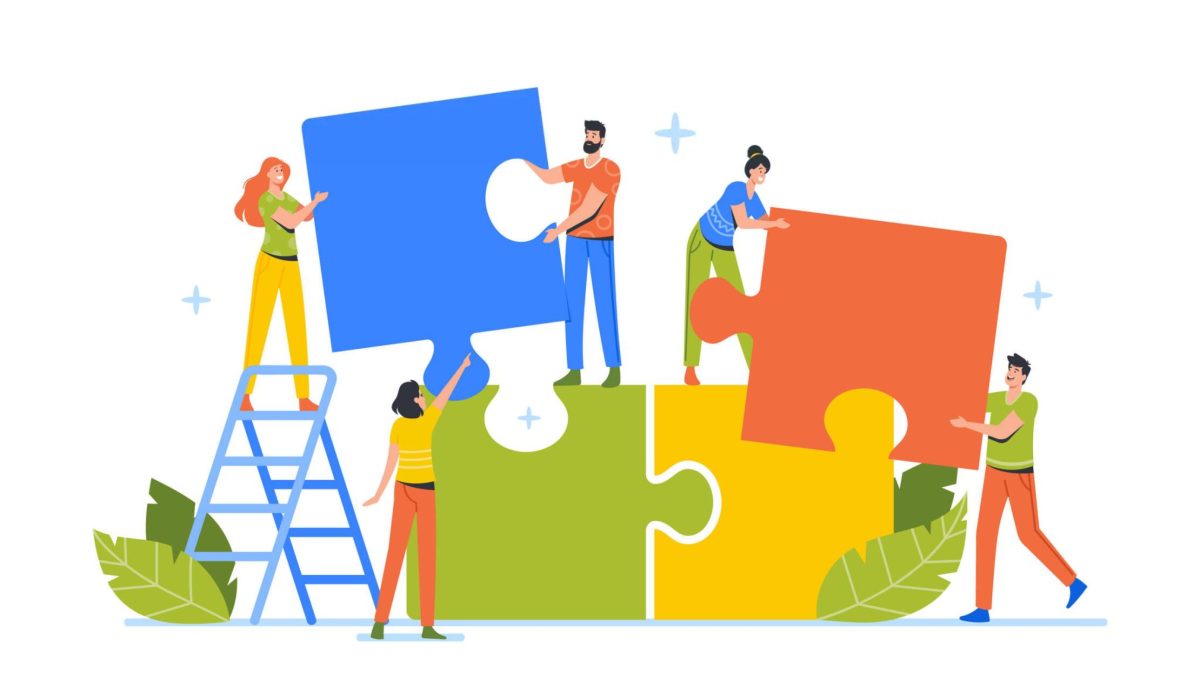Community Establishment and Goals

Photo Credit : Invincible_bulldog/iStock
In previous articles, we briefly explored the concept of community. Within the framework of the new development paradigm, the community serves as a platform for its members to actively engage in articulating their needs. Participation in this context involves members actively voicing their needs and determining the desired facilities and infrastructure development within their locality. This approach, as elucidated earlier, epitomizes a grassroots-driven development paradigm (Hubeis, 2010).
Communities serve as hubs for the social fabric of individuals characterized by the following (Nasdian, 2014):
- Geographical coherence, indicating that community residents reside in the same vicinity or share similar geographic ties, such as residing in a village, city, or specific area.
- Shared social dynamics, denoting common lifestyles, customs, and social interaction patterns shaped by the cultural, traditional, or societal norms prevalent in the locality.
- Collective identity encompassing cultural, ethnic, or shared value dimensions that set them apart from other groups.
- Mutual interests and pursuits act as the catalyst for their congregating and engaging in communal activities, whether it be a shared interest in a particular sport, artistic endeavors, or specific societal concerns.
A community as social capital essentially has goals and interests, where these goals are adjusted to the type, context, and needs of its members, such as:
- Providing mental support for its members in facing certain events, such as the ‘Lentera Sintas Indonesia Community,’ which offers assistance to survivors of sexual violence and rape.
- Becoming a place to acquire education, exchange experiences, knowledge, or skills, such as ‘Pena Terbang Community’ (COMPETER), which provides writing training.
- Serving as a forum for advocacy to fight for social, economic, cultural, or political change in society, as well as offering protection for marginalized or marginal groups, such as ‘Sekolah Marjinal Community’ which focuses on efforts to provide attention to the education, health, and independence of their members.
- Acting as a place to preserve and develop art and culture, as is done by the “Maja Arts and Culture Community”, in Ujung Berung, Bandung.
- Offering facilities to maintain the ecosystem and environment, such as “Dapur Remaja Community”, in Sawangan, Depok.
- And so on, including health, hobbies, religion.
Community interaction serves as a platform for mutual reinforcement and collaborative efforts towards shared objectives. Within communities lies an organizational framework that governs communication dynamics. This organizational structure delineates roles, power dynamics, and responsibilities, as well as the formation of community networks based on shared interests, social cohesion, or other factors. It also encompasses the arrangement of relationships among community members. The dynamics within a community are discernible through the interactions among its members, reflecting the strength of bonds and factors contributing to the community's sustainability. Additionally, it involves how the community and its members respond to both internal factors (e.g., agreements, motivation, collaboration, cooperation, conflict) and external factors (e.g., policy changes, significant events).
From the description above, it is evident that communities are not mere entities but are founded with a purpose directed towards achieving collective goals. Furthermore, this pursuit of common objectives extends beyond attainment as the ongoing management of the community into social capital presents a continual challenge.
-Diana Anggraeni
References
Anggraeni, Diana. (2018). Radio Komunitas Anak Muda. Journal Acta Diurna, Vol. 14 (2). DOI: 10.20884/1.actadiurna.2018.14.2.1343
Anggraeni, Diana. (2020). Preserving Local Cultural Arts Through a Community Radio with Social and BehaviorChange Communication. PalArch's Journal of Archaeology of Egypt/ Egyptology. Vol 17 (4). https://www.academia.edu/95422958/Preserving_Local_Cultural_Arts_Through_a_Community_Radio_with_Social_and_Behavior_Change_Communication
Hubeis, M. (2010). Peranan Pengambil Kebijakan dalamPengembangan Masyarakat. Jurnal KomunikasiPembangunan. Vol 8 (2).
Nasdian, F. (2014). Pengembangan masyarakat. Yayasan OborIndonesia.
https://www.perempuanberkisah.id/2021/06/23/advokasi-terhadap-perempuan-berbasis-pemulihan-dan-perlindungan-korban/
https://www.goodnewsfromindonesia.id/2022/03/18/komunitas-menulis-indonesia
About Us – Sekolah Marjinal

